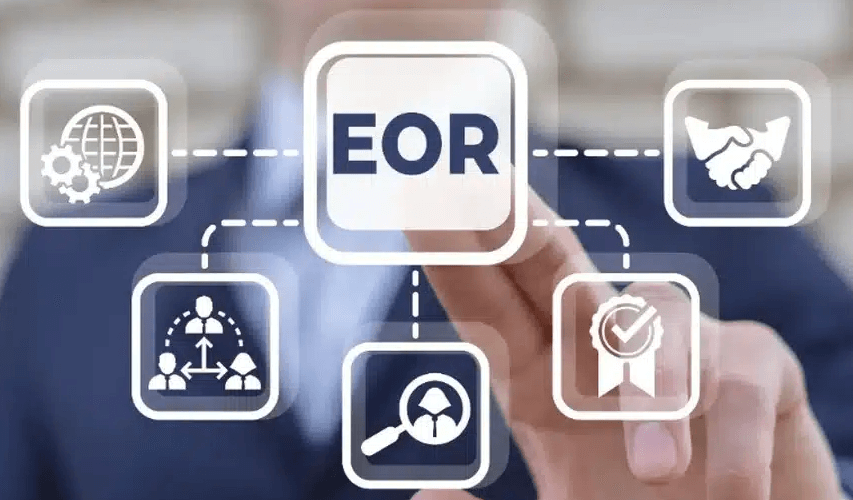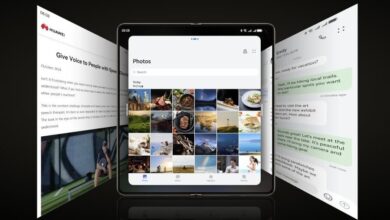Building a Global Team: Strategies for Smooth Expansion

Expanding beyond domestic borders offers access to new markets, diverse skills, and competitive advantage. Yet scaling a global team brings intricate legal, operational, and cultural challenges. From selecting the right hiring model to fostering cohesion across time zones, every step must be deliberate. This guide provides HR and business leaders with actionable strategies—anchored in local expertise and EOR services to build high-performing global teams with minimal friction.
Table of Contents
1. Define Your Expansion Objectives and Markets
Successful global team building starts with clarity about why and where you’re expanding. A targeted approach optimizes resources and minimizes risk.
- Articulate strategic goals: market penetration, cost optimization, R&D innovation, or customer support coverage
- Prioritize markets based on demand, talent availability, regulatory ease, and competitive landscape
- Conduct risk assessments: political stability, data-privacy regulations, and labor-law complexity
- Establish short- and long-term milestones: pilot hires, full-scale global team growth, and localized leadership development
Defining clear objectives ensures alignment across leadership, finance, and HR as you mobilize global resources.
2. Choose the Right Engagement Model
Selecting how to employ global talent balances speed, cost, control, and compliance risk. Common models include:
| Model | Advantages | Considerations |
| Direct Entity | Full legal control; brand presence | High setup costs; complex ongoing compliance |
| Independent Contractor | Rapid engagement; lower overhead | Misclassification risk; limited loyalty |
| Employer of Record (EOR) | Turnkey local employment, payroll, and compliance | Less direct employment control; service fees |
| Hybrid | Tailored per market needs | Management complexity across models |
For rapid entry into multiple markets without entity establishment, partnering with an EOR provides compliance, payroll, benefits administration, and local expertise—allowing you to focus on global team leadership and culture.
3. Build Localized Recruitment and Onboarding Processes
A cookie-cutter approach rarely succeeds across diverse regions. Tailor recruitment and onboarding to local norms:
- Localize job postings: translate content, adjust tone, and highlight regionally valued benefits
- Leverage in-country channels: niche job boards, professional networks, and EOR talent pools
- Structure culturally aware interviews: adapt assessment styles (e.g., case studies, group interviews) and scheduling to local workweek conventions
- Develop comprehensive onboarding kits: combine corporate orientation with local compliance training, digital workspace setup, and an EOR-facilitated benefits overview
- Assign “culture buddies”: pair new hires with tenured employees—onshore or offshore—to accelerate integration
Localized processes reduce time-to-productivity and increase early engagement, laying the foundation for long-term retention.
4. Establish Clear Governance and Communication Cadences
Global teams thrive on clarity and consistency. Define how work flows, decisions are made, and information is shared:
- Document standard operating procedures: task handoffs, approval workflows, and quality controls in a central repository (e.g., Confluence)
- Implement regular rituals: daily or weekly stand-ups during overlapping hours, monthly all-hands, and quarterly strategy reviews
- Agree on communication norms: preferred channels (e.g., Slack for quick queries, email for formal updates), response-time SLAs, and meeting guidelines
- Leverage technology integrations: synchronize project management (Asana, Jira), HRIS, and EOR platforms for unified data and visibility
Thoughtful governance and disciplined cadences foster accountability, reduce friction, and keep dispersed teams aligned with business objectives.
5. Cultivate a Cohesive, Inclusive Culture
Culture underpins engagement and innovation, but it doesn’t emerge organically in remote settings. Proactively build shared values and inclusion:
- Articulate and reinforce core values: embed them in performance metrics, recognition programs, and leadership communications
- Celebrate diversity: acknowledge local holidays, host virtual cultural exchanges, and spotlight regional team achievements
- Facilitate cross-functional projects: rotate global team members across geographies to build empathy and shared ownership
- Provide inclusive leadership training: equip managers with skills to lead culturally diverse teams and address unconscious bias
A deliberate culture program transforms geographic distance into an asset, leveraging diverse perspectives to drive creativity and problem-solving.
6. Partner with an EOR for Compliance and Administrative Efficiency
Managing global payroll, benefits, tax filings, and labor-law compliance can overwhelm internal teams. An Employer of Record (EOR) streamlines these functions:
- Acts as the legal employer in each market, issuing compliant contracts and handling terminations
- Administers payroll and statutory benefits (social security, health insurance, paid leave) per local regulations
- Manages registrations, filings, and labor-law updates to mitigate legal and permanent-establishment risks
- Provides localized HR support and reporting, ensuring data privacy and regulatory adherence
By offloading administrative burdens, HR and leadership can prioritize strategic initiatives—talent development, culture building, and performance management.
7. Invest in Continuous Development and Career Mobility
High-performing global teams require ongoing skill growth and clear advancement paths:
- Establish unified learning platforms: combine company-wide training with region-specific courses (e.g., local compliance, language)
- Offer global mobility programs: enable rotations between offices or remote assignments to broaden skills and networks
- Conduct regular performance and career-path discussions: align individual aspirations with organizational needs
- Sponsor mentorship and coaching: pair emerging leaders with seasoned executives across regions
Continuous development signals investment in employees’ futures, driving motivation and reducing turnover.
8. Measure and Refine Your Global Team Strategy
Data-driven insights reveal successes and areas for improvement. Track key metrics:
- Recruitment efficiency: time-to-hire, offer acceptance rates, and sourcing channel performance
- Onboarding effectiveness: ramp-up times, early turnover, and new-hire satisfaction scores
- Engagement and retention: eNPS, voluntary turnover, and participation in culture and development programs
- Operational performance: project delivery rates, quality metrics, and cross-team collaboration indicators
Review these metrics quarterly with stakeholders—HR, finance, and business leaders—to refine market priorities, hiring models, and people programs.
See also: How Digital Tools Are Shaping the Next Generation of Third-Party Logistics
Conclusion
Building a global team for smooth expansion demands strategic planning, cultural intelligence, and robust compliance frameworks. By defining clear objectives, selecting the optimal engagement model (such as an EOR for rapid market entry), and investing in localized recruitment, governance, culture, and development, organizations can unlock the full potential of international talent.
Continuous measurement and iteration ensure that your global workforce remains aligned, motivated, and poised to drive sustained growth. Implement these strategies to transform expansion challenges into a competitive advantage on the world stage.



